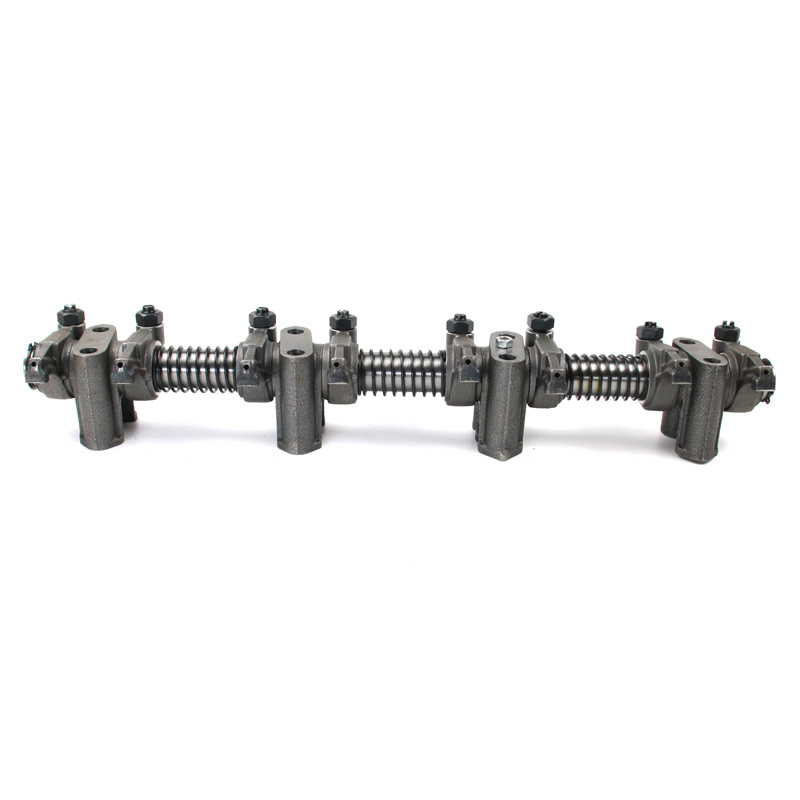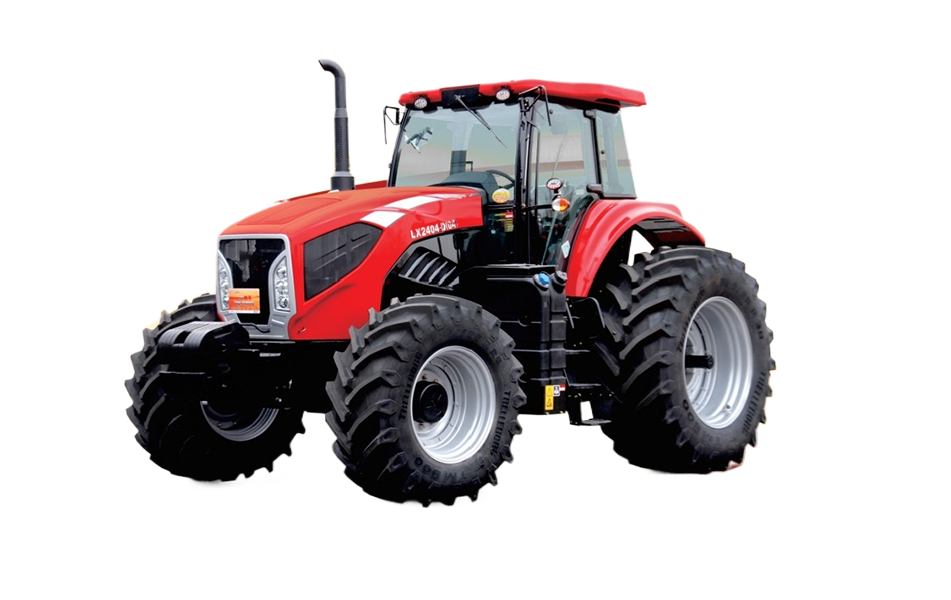Understanding Tractor Chassis Parts: The Backbone of Agricultural Machinery
Release time:
2025-08-04
When it comes to agricultural machinery, the tractor is undeniably a vital tool, serving as the workhorse of modern farming. At the core of a tractor's operation lies its chassis, which can be considered the backbone of the entire machine. The chassis supports all other parts and systems, making it crucial for the effective operation of the tractor. In this article, we will delve into the various components of tractor chassis parts, their functions, and their importance in agriculture.
The tractor chassis primarily consists of the frame, which provides structural integrity and stability. This frame is designed to withstand the significant stresses encountered during heavy-duty farming tasks, such as plowing fields or towing equipment. The strength and durability of the chassis are paramount, as they directly influence the tractor's overall performance and longevity.
Another essential part of the tractor chassis is the suspension system. This system is responsible for ensuring a smooth ride over uneven terrain, which is common in agricultural settings. A well-designed suspension system absorbs shocks and minimizes vibrations, allowing the operator to maintain control and comfort while driving. Proper maintenance of the suspension components is vital for ensuring optimal performance and reducing wear and tear on the chassis.
Additionally, tractor chassis parts include the axles and wheels, which are critical for mobility. The axles connect the wheels to the chassis and are designed to handle the considerable weight of the tractor and any attached implements. Choosing the right size and type of axle is essential for achieving the optimal balance between strength and agility, especially when navigating through various field conditions.
Moreover, the tractor chassis is equipped with mounting points for various attachments and implements, such as plows, seeders, and cultivators. These mounting points allow farmers to easily switch between different tasks, maximizing the versatility of their machinery. Understanding the specific requirements for these attachments is crucial for ensuring that they are compatible with the chassis, as improper connections can lead to inefficiencies and potential damage.
In conclusion, a comprehensive understanding of tractor chassis parts is fundamental for anyone involved in agriculture. By appreciating the role these components play in the overall functionality of a tractor, farmers can make informed decisions regarding maintenance, upgrades, and the selection of new machinery. Whether you are a seasoned agricultural professional or a newcomer to the field, knowledge of tractor chassis parts will enhance your operational efficiency and contribute to the success of your farming endeavors.
The tractor chassis primarily consists of the frame, which provides structural integrity and stability. This frame is designed to withstand the significant stresses encountered during heavy-duty farming tasks, such as plowing fields or towing equipment. The strength and durability of the chassis are paramount, as they directly influence the tractor's overall performance and longevity.
Another essential part of the tractor chassis is the suspension system. This system is responsible for ensuring a smooth ride over uneven terrain, which is common in agricultural settings. A well-designed suspension system absorbs shocks and minimizes vibrations, allowing the operator to maintain control and comfort while driving. Proper maintenance of the suspension components is vital for ensuring optimal performance and reducing wear and tear on the chassis.
Additionally, tractor chassis parts include the axles and wheels, which are critical for mobility. The axles connect the wheels to the chassis and are designed to handle the considerable weight of the tractor and any attached implements. Choosing the right size and type of axle is essential for achieving the optimal balance between strength and agility, especially when navigating through various field conditions.
Moreover, the tractor chassis is equipped with mounting points for various attachments and implements, such as plows, seeders, and cultivators. These mounting points allow farmers to easily switch between different tasks, maximizing the versatility of their machinery. Understanding the specific requirements for these attachments is crucial for ensuring that they are compatible with the chassis, as improper connections can lead to inefficiencies and potential damage.
In conclusion, a comprehensive understanding of tractor chassis parts is fundamental for anyone involved in agriculture. By appreciating the role these components play in the overall functionality of a tractor, farmers can make informed decisions regarding maintenance, upgrades, and the selection of new machinery. Whether you are a seasoned agricultural professional or a newcomer to the field, knowledge of tractor chassis parts will enhance your operational efficiency and contribute to the success of your farming endeavors.









